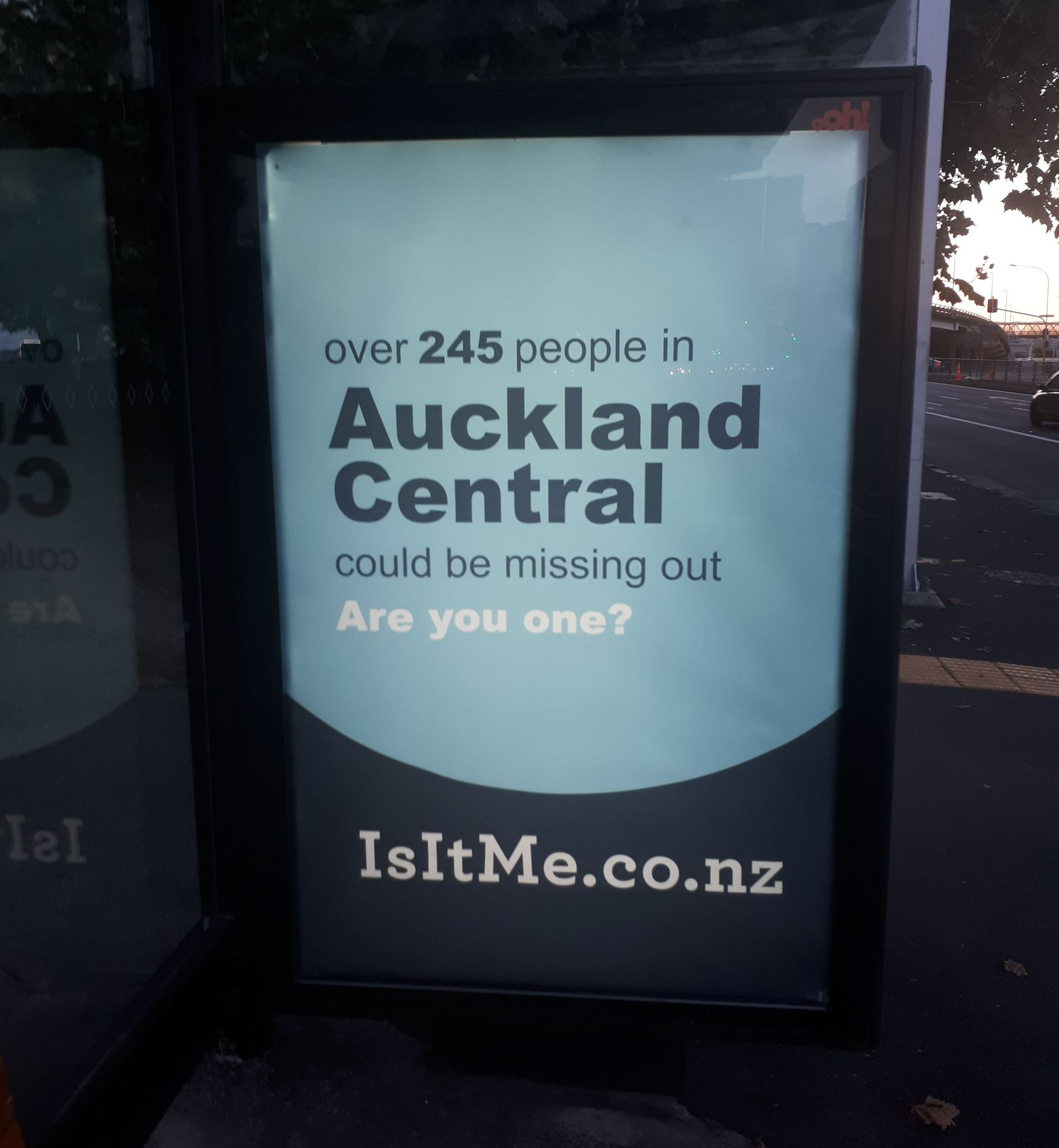Attention, Attention! You need to be seen to have an impact.
We have a pretty big challenge these days. In a world inundated with marketing messages, products clamouring for us to buy them, and social media popping up on phones that we never leave behind, it’s getting harder to cut through the clutter. And if your message isn’t being seen (or heard), it’s not going to influence anyone.
And to be clear, this problem isn’t confined to advertising. Whether you’re talking about websites and ecommerce, product and packaging, or any other aspect of the consumer attention, it’s an attention economy, and knowing how to get noticed puts you ahead of the game.
"A wealth of information creates a poverty of attention"
Herbert A Simon
Nobel Prize Winner
What’s the scale of the problem?
There are a number of studies that have highlighted the challenge being posed to brands. One UK study from Lumen Research looked at how many “viewable” digital adverts were seen – finding 82% of adverts weren’t seen at all. In TV, it’s been estimated that 60% of an advert may be missed as people get distracted by other tasks. And according to Harvard Business School’s Thales S. Teixeira, this is an increasing trend brought about by greater attentional for consumer eye balls (or ears).
Closer to home, recent research conducted by NeuroSpot has found that even in distraction free lab settings, for some adverts only 10% of NZ viewers were paying attention to end-frame branding (although the average was 64% showing the differences in performance). That’s 90% missing the branding in a controlled environment, without the kids arguing, a phone in their hand, or the dog chewing on your shoe – in reality we can expect this number to be lower. Another interesting point – on average viewers were looking at end frame advertising for just over 0.6 sec.
- 90% of viewers on some NZ adverts missing end frame branding
- 0.6 sec – the average length of time NZ consumers looked at end frame branding across adverts tested
And the results get worse when we start talking about attention to products instore, where you’re expecting your packaging to stick out on a crowded shelf. Early results from a NeuroSpot pilot study suggest that that the majority of craft beer brands, for example, are being missed on shelf. According to British consumer research firm Walnut Unlimited:
“The average large supermarket has 40,000 product lines. You buy on average 40 products per trip in a shop that lasts 30 minutes. This means you need to reject 20 products per second”
Consumer Neuroscientist Andy Myers, from Walnut Unlimited
While not wanting to state the obvious, it’s getting harder. More adverts, more channels, more brands – it’s a competitive environment, but there’s a finite limit to how much attention a single consumer can give to the tumult of messages.
What’s the payoff if we get it right?
Being seen matters. If people don’t look at your finely crafted message, creative advert, or carefully considered proposition it’s all for nought.
And this comes through strongly in a number of ways. For example, research has shown that products on eye level shelves can have 23% additional sales pointing to the need to be in the optimal location for where your customers are looking. But equally, there is a definite impact of choosing an optimal package design – as Tropicana famously found when revising their juice carton a few years ago.
But equally there is some great media research pointing to similar relationships. Lumen Research have shown that being viewed online (as opposed to being viewable) is correlated with greater recall, click throughs and incremental sales – which makes sense. If you’re not seen, how can you be brought.
So now what?
Well now you need to be seen. Your product needs to be seen on the shelf. Your adverts need to be heard on radio or seen online or on TV. But do you know who’s paying attention to your message?
My fear is that there are some great products, great adverts, great messages that don’t hit the mark and are classed as failures, simply because we’re not thinking about what it takes to be seen via a channel. For example, are you placing your product on the right shelf, or is it distinctive enough against your competitors? Are your digital adverts being placed on the right websites in sufficient quantity to have an impact? For online video, are you getting your branding in early enough and bold enough before you lose someone’s attention? And on TV, while you’ve got a great story, are people still paying attention by the end of the advert when your branding becomes prominent?
So is your brand being seen – because I know that some are not.




